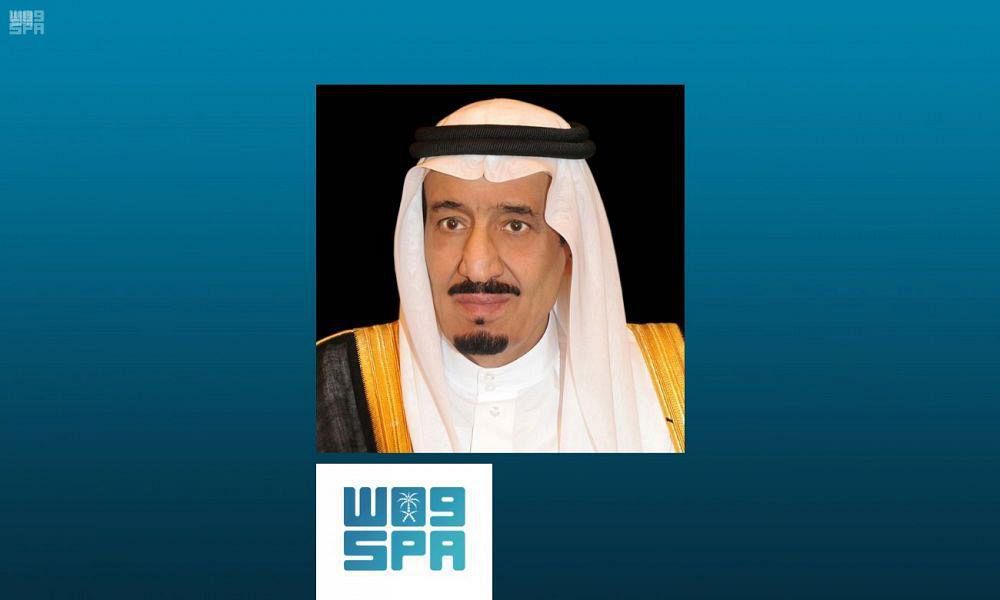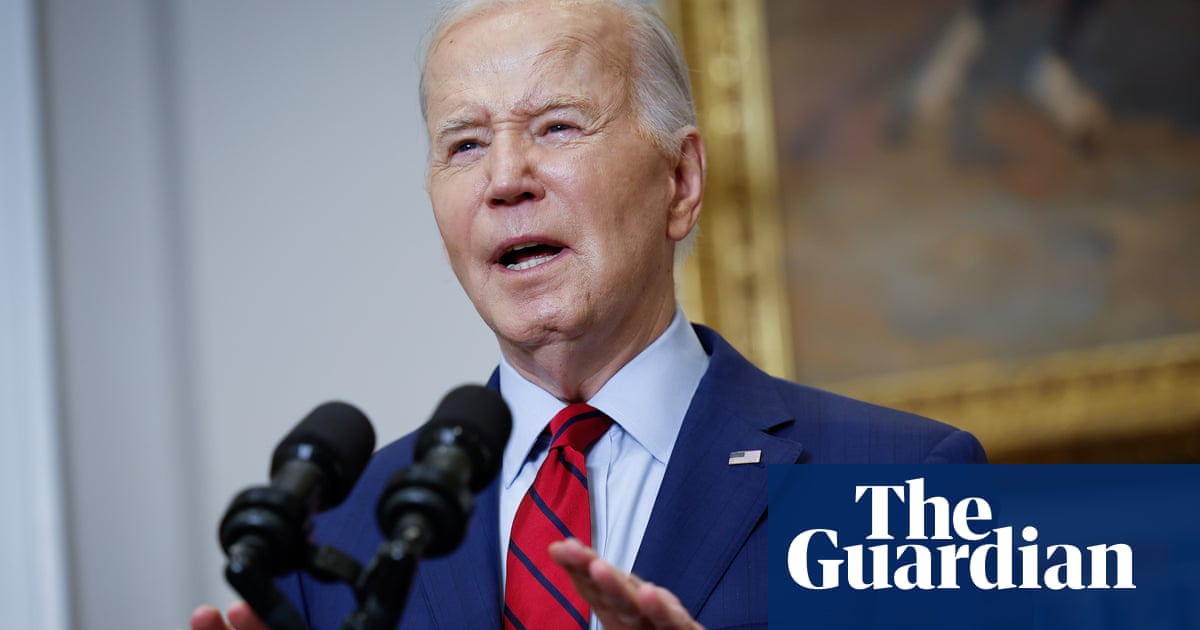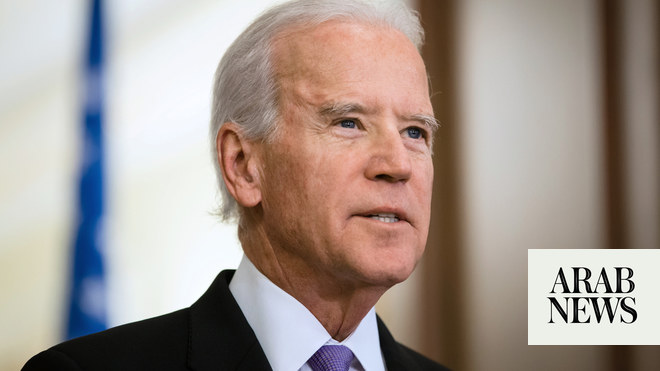
Finnish prime minister Sanna Marin has called for Europe to build its own defence capabilities in the wake of the war in Ukraine, saying that without US help it is not resilient enough.
“We should make sure that we are stronger,” Marin said in Sydney on Friday. “And I’ll be brutally honest with you, Europe isn’t strong enough. We would be in trouble without the United States.”
Her remarks came in response to a question about China’s responsibility to “rein in Russia”. Marin said that while China could play a role, “We shouldn’t only rely on that.”
Marin insisted Ukraine must be given “whatever it takes” to win the war, adding that the United States had been pivotal in supplying Kyiv with the weapons, finance and humanitarian aid necessary to blunt Russia’s advance.
“We have to make sure that we are also building those capabilities when it comes to European defence, the European defence industry, and making sure that we could cope in different kinds of situations,” she said.
Marin said that when Russia invaded Ukraine on 24 February, the priority of most Finns changed “overnight” to security.
Until Russia invaded Ukraine, Finland’s priorities were to have working bilateral relations with Russia and be close partners with members Nato, but not be a member, she said. “That was the best way to secure our nation.”
Finland and Sweden applied to join the alliance in May, but are waiting on Turkey and Hungary to ratify their requests, which have been approved by the other 28 nations in the group. In June, Putin warned that if Nato installed military infrastructure in Finland and Sweden, Moscow “would be obliged to respond symmetrically and raise the same threats for those territories where threats have arisen for us”.
Asked what the likeliest scenario was in terms of threats posed by Russia to Finland, with which it shares a 1,300km border, Marin said: “We have extensive military forces, so we’re not expecting them to engage in that account and we’re not seeing any military action near the Finnish border.”
“But of course we are prepared for different kind of hybrid attacks that we might see.”
“We are preparing for different kinds of cyber-attacks … we’re preparing for different kinds of hybrid attacks, for misinformation.”
Between February and late October, cyber-attacks on “critical targets” in Finlandincreased by a third, according to a recent article by Finnish broadcaster YLE citing Aapo Cederberg, the CEO of Cyberwatch Finland.
In August, Russian hackers claimed responsibility for a denial-of-service attack on Finland’s parliamentary website, as well as another Finnish state website, writing on Telegram that it had, “decided to make a ‘friendly’ visit to neighbouring Finland, whose authorities are so eager to join Nato”, YLE reported.
In September, Antti Pelttari, the director of Supo, the Finnish Security and Intelligence Service, warned that, “We consider it highly likely that Russia will turn to the cyber environment over the winter.”
October alone saw what would previously have been three months’ worth of denial-of-service attacks, Trafficom, the Finnish transport and communications agency reported.
Concerned by the prospect of other hybrid attacks including weaponised mass migration, Finland’s main political parties have backed a proposal to build a fence along parts of the country’s border with Russia.
The country is also concerned about large-scale illegal crossings as Russian men flee the mobilisation drive. About 40,000 Russians have entered Finland since the start of the war, according to foreign minister, Pekka Haavisto.
Finland recently suspended tourist visas for Russian citizens. On Friday, Marin said, “It became morally unacceptable to allow the Russian middle and upper classes to continue to enjoy their vacations in Europe while their army kills, tortures and terrorises Ukrainians.”
Finland, which has a population of 5.5 million, still has military conscription for men, and has a wartime troop strength of 280,000, with 870,000 trained as reservists. It spend 2% of GDP on defence, a higher proportion than most Nato members. The country fought two wars against Russia in the 1940s, in which 100,000 Finns died.
“Our story after the wars, when we gained our independence, is a successful one,” she said. “We have to make sure that Ukrainians have that hope, that they will have that future.”












